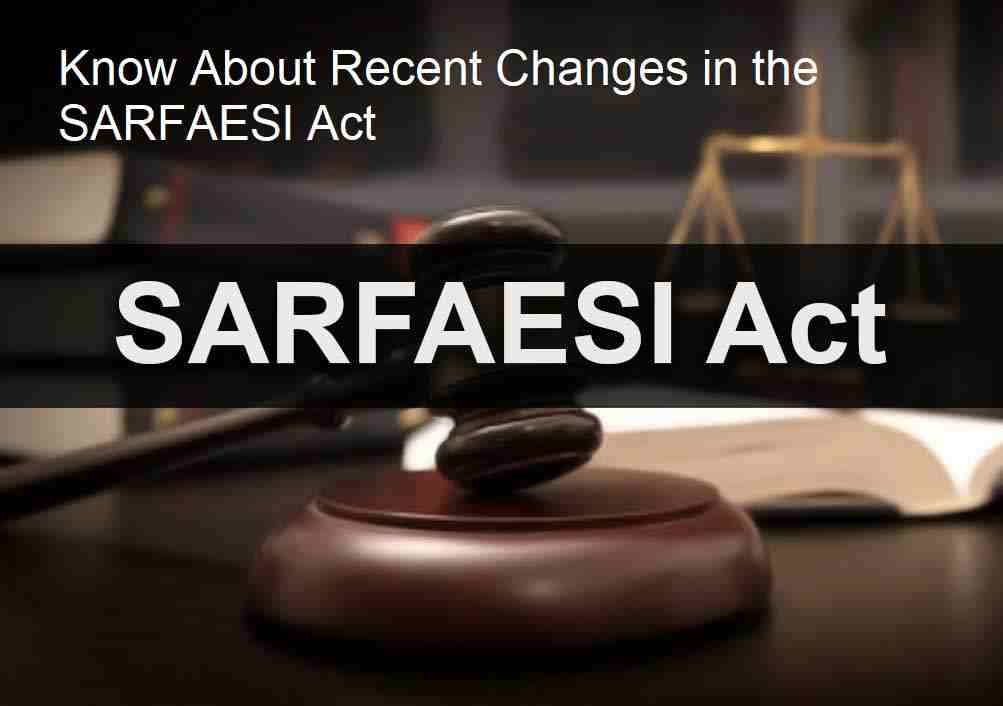Introduction
Digital Signature Certificates (DSC) play a vital role in authenticating the identity of individuals and organizations in the digital world. They provide a secure means of signing electronic documents and conducting secure online transactions. DSCs are classified into different classes based on the level of security and validation they offer. Let's explore the differences between Class 1, Class 2, and Class 3 DSCs.
Class 1 DSC:
Class 1 DSC is the basic level of digital certificate primarily used for secure email communication and minimal online transactions. These certificates authenticate the email address of the user, ensuring that the sender's identity is verified. Class 1 DSCs are typically issued for individuals and do not require extensive verification or supporting documents. They are commonly used for personal communication and low-risk online activities.
Class 2 DSC:
Class 2 DSC is an intermediate-level of digital certificate that provides a higher level of security compared to Class 1. These certificates authenticate the identity of the user against a trusted database, verifying their name, email address, and other personal details. Class 2 DSCs are commonly used for various online applications, including e-filing of income tax returns, company registrations, and online tenders. They are often required for business-related activities and are issued to individuals and organizations.
Class 3 DSC:
Class 3 DSC is the highest level of digital certificate that offers the highest level of security and assurance. These certificates undergo stringent verification processes, including physical verification of the applicant's identity. Class 3 DSCs are typically required for government tenders, online auctions, legal proceedings, and other high-value transactions where the integrity and authenticity of the digital signature are crucial. They are issued to individuals and organizations involved in sensitive and high-security activities.
It's important to note that the higher the class of the DSC, the higher the level of security, authentication, and verification it provides. While Class 1 and Class 2 DSCs are more common for everyday online activities, Class 3 DSCs are reserved for specific use cases that require the highest level of trust and assurance.
When obtaining a DSC, it is crucial to assess the specific requirements of your use case and choose the appropriate class of DSC accordingly. Different organizations and government bodies may have specific guidelines and mandates regarding the class of DSC required for their respective applications.
By understanding the distinctions between Class 1, Class 2, and Class 3 DSCs, individuals and organizations can make informed decisions regarding the level of security and authentication needed for their digital transactions and communications.
Understanding the Difference Between Class 2 and Class 3 Digital Signature Certificates (DSC):
Digital Signature Certificates (DSC) are essential tools for secure online transactions and document signing. When it comes to DSC, there are different classes available, each offering varying levels of security and authentication. Two common classes are Class 2 and Class 3 DSC. Let's explore the differences between these two classes.
Level of Verification:
Class 2 DSC: Class 2 DSC involves a moderate level of verification. The applicant's identity is verified against a trusted database, confirming their personal details such as name, email address, and contact information. Class 2 DSC is typically issued to individuals and organizations for various online applications like e-filing of income tax returns, company registrations, and online tenders.
Class 3 DSC: Class 3 DSC undergoes a rigorous verification process, including physical verification of the applicant's identity. This class offers the highest level of assurance and security. It is primarily used for government tenders, online auctions, legal proceedings, and other high-value transactions that require the utmost integrity and authenticity of the digital signature.
Application and Use Cases:
Class 2 DSC: Class 2 DSC is widely used for a range of online activities, including business transactions, financial filings, and other routine digital operations. It provides a secure means of authentication for individuals and organizations in their day-to-day digital interactions. Class 2 DSC ensures that the electronic documents and transactions are reliable and trustworthy.
Class 3 DSC: Class 3 DSC is specifically designed for applications where the highest level of security and trust is required. It is often mandated by government agencies, legal bodies, and high-security industries. Class 3 DSC ensures the non-repudiation of transactions and provides a strong legal basis in court proceedings.
Legal Validity:
Both Class 2 and Class 3 DSCs hold legal validity and provide a legal framework for electronic transactions and document signing. However, Class 3 DSC carries a higher level of legal weightage due to its stringent verification process and higher security standards.
Choosing Between Class 2 and Class 3 DSC:
The choice between Class 2 and Class 3 DSC depends on the specific requirements and the level of security needed for the intended use. If you are involved in routine online activities and general business transactions, a Class 2 DSC may suffice. On the other hand, if you are participating in high-value transactions, government tenders, or legal proceedings, a Class 3 DSC is typically mandatory.
It's essential to consult the guidelines and regulations of the concerned authorities or platforms to determine the specific class of DSC required for your intended use.
In conclusion, Class 2 and Class 3 DSCs cater to different levels of security and verification requirements. Understanding the differences between these two classes can help individuals and organizations choose the appropriate DSC class for their specific applications, ensuring the necessary level of security and authentication in their digital interactions.
